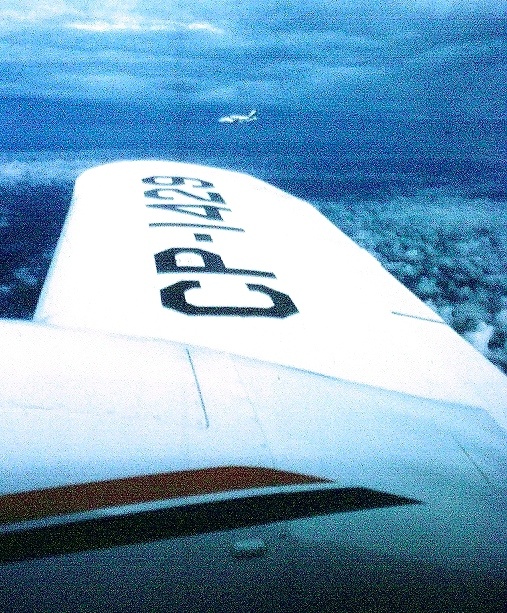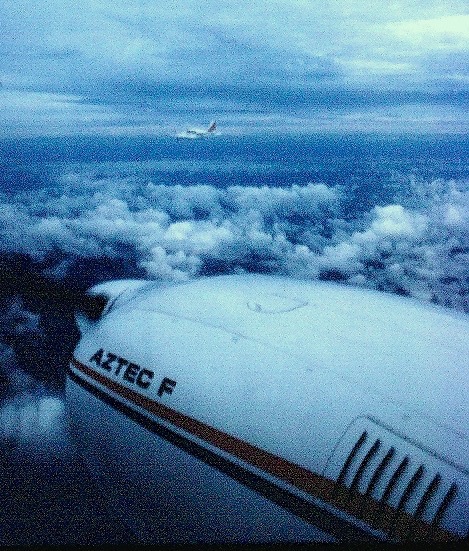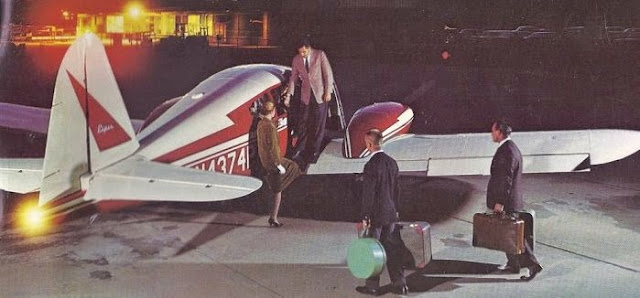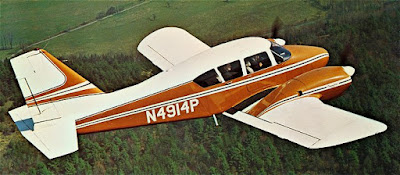As a blast from the past...
In another lifetime I was hired to fly some pilots from S FL to the factory in Lock Haven in a Turbo Lance to pick up five brand new Aztecs and fly them New Tamiami airport in S FL, where some other pilots were going to deliver them to Bolivia.
We did so. Got a call about a week later asking if I could ferry one of them to Bolivia along with the other four.
Quite an adventure, that involved landing at a grass strip on the Amazon for fuel out of drums (Leticia, Colombia), getting quite worried that same night when a late start had the sun setting with us still over the Amazon and the Trinidad NDB not coming in like it was supposed to - this was all pre-GPS, of course. And the ONC charts we used warned that geographical points on the chart might be offset by up to 10 miles (!).
Well, it finally did come in after a nerve-wracking eternity, and ultimately the planes all got safely delivered to Santa Cruz, Bolivia.
Flights like that were among the highlights of a long flying career.
Anyway, I had gotten my multi in an Apache, and the Aztecs felt similar - honest, solid twins. A lot more performance of course, and new was nice after the clapped=out Apache. Nothing too exciting, but they get the job done!




